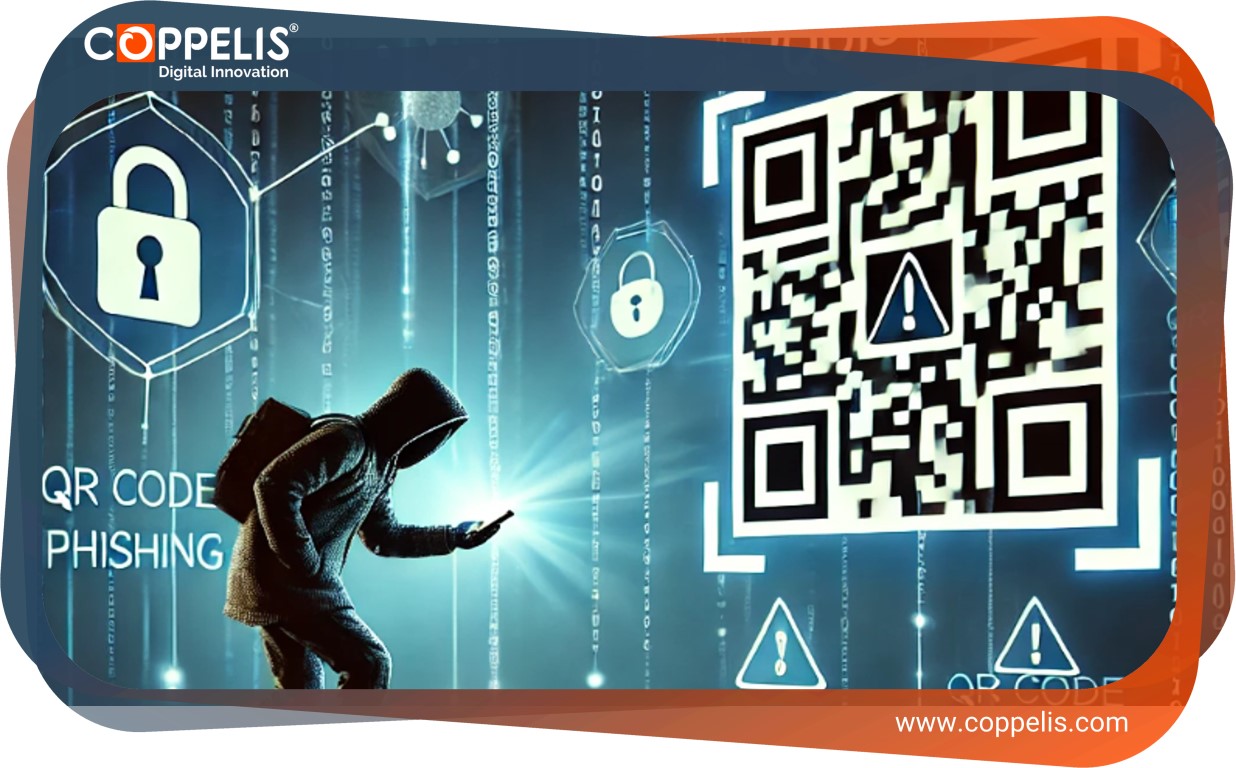Quishing : How to prevent risks ?
Quishing is a term derived from “QR code phishing,” which involves using QR codes to trick individuals into revealing sensitive information or downloading malicious software.
As QR codes have become more popular for contactless interactions, they have also become targets for cybercriminals. Here’s a detailed look at how quishing works and ways to protect yourself from it:
How Quishing Works ?
1. QR Code Manipulation : Attackers create malicious QR codes that, when scanned, lead users to phishing websites. These sites are designed to look legitimate and trick users into entering personal information, such as login credentials or credit card numbers.
2. Fake App Downloads : Some QR codes might direct users to download malicious apps that can steal data or compromise device security.
3. Redirects to Malicious Sites : The QR code might redirect the scanner to a site that automatically downloads malware onto the device.
4. Use in Physical and Digital Spaces : Attackers may place these QR codes in public places (like posters or flyers) or send them digitally via email, social media, or messaging apps.
Preventing Quishing Attacks
Here are some strategies to protect yourself from quishing attacks:
1. Verify the Source : Only scan QR codes from trusted sources. Be cautious with codes found in public places or sent by unknown parties.
2. Use QR Code Scanner Apps with Security Features : Some scanner apps offer security features that check the URL before opening it, warning you if it’s potentially dangerous.
3. Check URLs Carefully : After scanning a QR code, check the URL that your device is being directed to before proceeding. Look for signs of phishing, such as misspellings or strange domain names.
4. Avoid Entering Personal Information : Never enter personal information or login details on a site reached through a QR code without verifying its authenticity.
5. Install Security Software : Use up-to-date antivirus software on your devices that can detect and block malicious downloads and websites.
6. Educate Yourself and Others : Stay informed about the latest phishing techniques and educate others in your circle to recognize and avoid such threats.
7. Verify with the Source : If a QR code is supposed to lead to a specific company or organization, contact them directly to verify its legitimacy before scanning.
8. Update Devices Regularly : Ensure your devices’ operating systems and applications are up-to-date to protect against known vulnerabilities.
By being aware of the potential risks associated with QR codes and taking steps to mitigate these risks, individuals and organizations can significantly reduce the likelihood of falling victim to quishing attacks.

